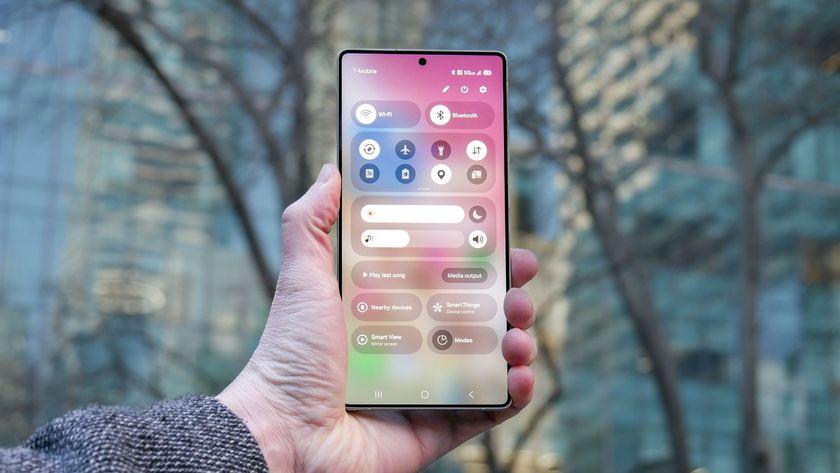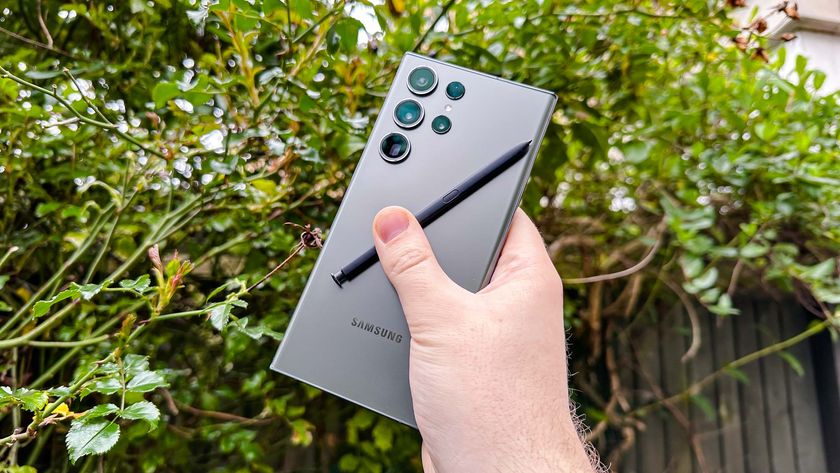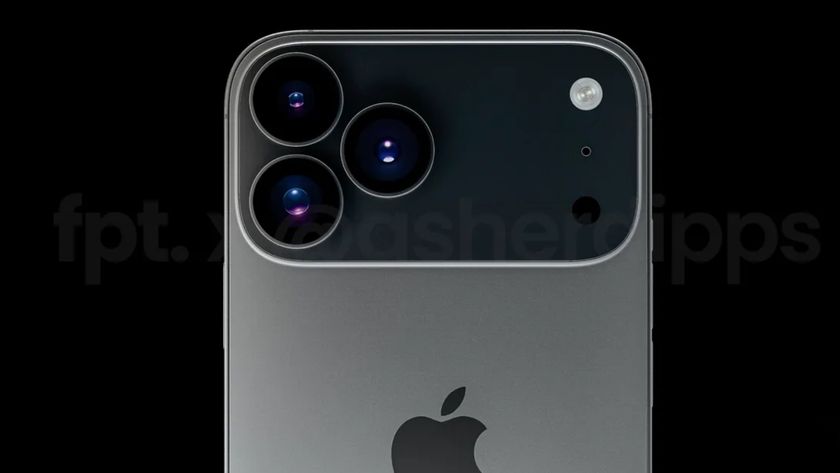Samsung admits that Galaxy S22 display refresh rate scales down to 48Hz — not 10Hz
The Galaxy S22's minimum refresh rate is actually higher than Samsung told us

Update - February 15: Samsung has responded to our request for comment on this story. We have altered the story in light of this.
Checking out the Samsung Galaxy S22 series' specs reveals a lot of impressive numbers and desirable features. However depending on which table you're looking at, there are two different figures for the Galaxy S22 and Galaxy S22 Plus' refresh rates, which paint very different pictures of the phones' capabilities.
In the specs sheet sent out on launch day, the Galaxy S22 and Galaxy S22 Ultra were said to have an adaptive refresh rate that could scale between 10 - 120Hz (with 1 - 120Hz on the Galaxy S22 Ultra). However as pointed out by display consultant Ross Young, that same Galaxy S22 and S22 Plus press release has been updated to say the minimum display refresh rate is 48Hz, as it was for the Galaxy S21 and Galaxy S21 Plus last year.
Not to say I told you so, but Samsung changed their S22 and S22+ spec sheets from 10Hz - 120Hz to 48Hz - 120Hz. Companies have shown below 48Hz as demo's, but not a commercial product, so it would have been a first. Thanks @DylanVHuynh for the link!https://t.co/xop0Dhw78a pic.twitter.com/AAR4krHmtpFebruary 12, 2022
To add to the confusion, if you look at the specs listed on Samsung's own website, you still see the 10Hz - 120Hz spec is still listed.

Young believes that the 48Hz figure is the correct one, and has a possible explanation for why there's a discrepancy between the different specs sheets. He suggests that while LTPS displays (as used on the Galaxy S22 and Plus) can make it down to 10Hz in test conditions, it's not possible on the production handsets that consumers will actually get.
Samsung responds
We asked Samsung for comment on this, and we got this response:
"We would like to clarify any confusion relating to the display refresh rate for Galaxy S22 and S22+.
Sign up to get the BEST of Tom's Guide direct to your inbox.
Get instant access to breaking news, the hottest reviews, great deals and helpful tips.
While the display component of both devices support between 48 to 120Hz, Samsung's proprietary technology offers adjustable display refresh rates, where data transfer rates from AP to display can be minimized to as low as 10Hz in order to save power consumption.
The display refresh rate was originally listed between 10 and 120Hz (10 to 120 frames per second), and we later opted to update how we communicate this specification in order to be in line with the more widely-recognized industry standard.
Consumers can be assured there has been no change of hardware specifications, and both devices support up to 120Hz for super smooth scrolling.”
In plain English, it sounds like while the Galaxy S22 and S22 Plus can support 10Hz display output, the display itself cannot. Therefore both numbers are technically correct, and the phone's hardware will not change between the reveal and launch day, but users will only see a 48Hz minimum refresh rate when using the phone themselves.
Does the higher minimum refresh rate spec actually matter?
Samsung has arguably misled users with this 10Hz minimum spec listing, although it needn't be a deal breaker. You still get the promised 120Hz maximum refresh rate when you need it, and you'll still save battery when the phone kicks down to the 48Hz minimum.
The higher minimum refresh rate means the power savings will be lessened somewhat, which could spell bad news for the S22 and S22 Plus' battery lives, particularly since Samsung has reduced the size of the batteries in these two phones compared to last year. We'll have to see how they score on our custom TG battery test when we're done with our reviews.
Besides this, you still get the benefit of Samsung's extremely bright displays, going up to 1,750 nits on the Galaxy S22 Plus. Either way, the Galaxy S22 Ultra still has the top display with a 6.8-inch LTPO display that is allegedly capable of an adaptive 1Hz to 120Hz refresh rate; it offers the same 1,750-nit brightness as the Galaxy S22 Plus, and works with the phone's built-in S Pen.
If I was buying an S22, I would be disappointed that the display wasn't quite as good as Samsung had originally claimed. However I don't think it's an error worth canceling your Galaxy S22 pre-order over. On the bright side, since the phone doesn't hit store shelves until February 25, you still have the chance to get your money out if you've now been put off the phone.

Richard is based in London, covering news, reviews and how-tos for phones, tablets, gaming, and whatever else people need advice on. Following on from his MA in Magazine Journalism at the University of Sheffield, he's also written for WIRED U.K., The Register and Creative Bloq. When not at work, he's likely thinking about how to brew the perfect cup of specialty coffee.





















